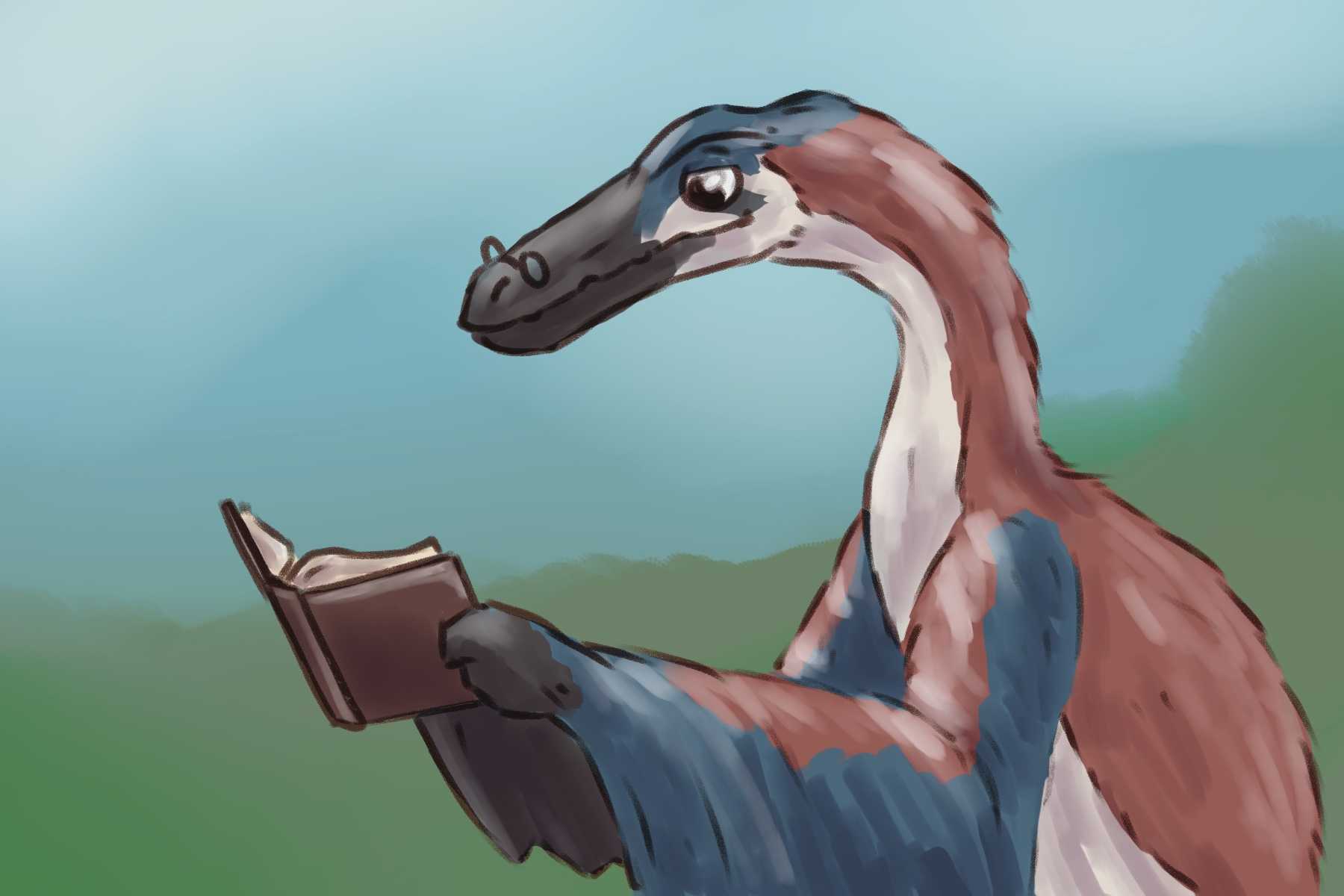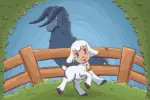If your TikTok #foryou page is anything like mine, you’ve seen the torrent of book review videos that have flooded the app. Dubbed “BookTok,” this community discusses trending books and recommends hidden gems any book lover would die to get their hands on. Among the many videos either ripping books to shreds or basking in their brilliance, one genre is massively underrepresented despite its long history in literature. I’m talking about Prehistoric literature. No, not cave paintings, statuettes of the Venus of Willendorf, or archaic excavation sites. I mean fiction books set in Paleolithic and Neolithic human history. But before I indulge in the greatness of this genre, let me explain why it’s not popular.
The biggest seller of books on TikTok is the aesthetics they are tied to. I can’t count how many videos I’ve seen set to ambient lofi music, with low-grain pictures of rainy parks, old staircases and fireplaces that represent a book’s aesthetic. These videos are tailored to the genre of book being discussed. Instead of urging viewers to read a romance drama novel, you may find a TikToker posting an edit of charming pictures dubbed with a dramatic song. It’s hard to do this with Prehistoric fiction. I mean, what would make you pumped to read about someone discovering fire — the sounds of rocks banging on cave walls? However, I believe the splendor of this genre doesn’t lie in its visual appeal, but in its subject and ability to speak to human nature.
Arguably the most prominent face in the world of Prehistoric fiction is writer Jean M. Auel, author of the “Earth’s Children” series. Auel’s work has been critically acclaimed by readers and archeologists alike. Her books have sold over 45 million copies worldwide, and her depiction of Neanderthal and Cro-Magnon behavior in the Paleolithic Period is renowned for its historical accuracy and incredible mythology. Her stories are set in Prehistoric eastern Europe, just before the ice age. They follow a Cro-Magnon girl named Ayla as a glacial apocalypse approaches; Ayla coexists with nature, interacts with modern-day humans and Neanderthals and undergoes a spiritual journey. “Clan of the Cave Bear” is the first installment in the series, which journeys through the archaic landscapes of modern-day Ukraine. Ayla, after being separated from her mother by a massive earthquake, is taken in by a tribe of Neanderthals and raised according to their strange ways. What makes this book so captivating is the amount of detail Auel bestows upon the reader. Intricate accounts of crafting flint tools transports readers 30,000 years back to the untouched Earth. A hypnotic description of Ayla experiencing a hallucinatory revelation, in which she foresees the industrial future of mankind, highlights the incredible extent of human history. While modern paleoanthropologists doubt Neanderthals had any spiritual capacity, Auel’s beautiful description of their complicated religion highlights our collective ancestral instincts, and our relationship with our long-gone closest relative. It is an incredible series that makes readers reflect on how we have developed — or barely developed — into the people we are today.
While prehistoric fiction like Auel’s demands intricately detailed world-building, “The Gift of Stones” by Jim Grace focuses more on the philosophical aspects of archaic human beings. Set in the Stone Age, the story follows an unnamed narrator who has become an outcast from his village due to his amputated arm. Alone, the boy struggles to find a purpose for himself. He begins a journey from the confines of his village to the ancient wilderness of what is now England. As he explores, he finds he is adept at interpreting the harsh terrain into brilliant stories. He returns to his village with this storytelling gift, exciting the villagers with his fascinating retellings of the ancient Earth and its children. He spends most of his time watching over a widow and her child who have also been ostracized from the village. The novel ends with him accounting for the new stories of the villagers, including the mother and child. The novel, which is written in poetic prose, focuses heavily on the protagonist’s stories. It is a captivating read that questions philosophical notions of nature and human existence among it.
There are many more adaptions of Prehistoric society, such as “Quest for Fire” by J.-H. Rosny aîné, which depicts a tribe of Cro-Magnon hunter-gatherers on a journey to discover — you guessed it — fire. “Wolf Brother” by Michelle Paver is a children’s prehistoric novel set in the Middle Stone Age. It follows a young boy’s journey as he discovers he can talk to bears. These stories all contribute to the core of Prehistoric fiction, tapping into its limitless magnificence of what life was like back then. How it gives us a lens to a world that’s our own, that we exist in now, but is unimaginably different to what it once was. How it allows us new breath into an unfiltered atmosphere before industrialization. How we come to understand the beginning of our fears, hopes and mythologies. The struggles we endured, the hardships we overcame, and the beauty of the Earth we gathered and told through stories. Prehistory is an incredible thing to ponder.
















